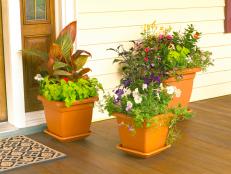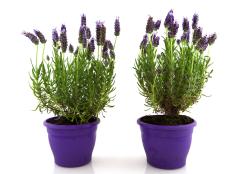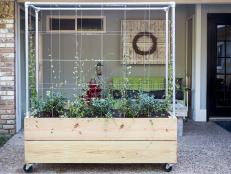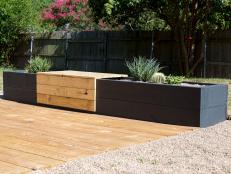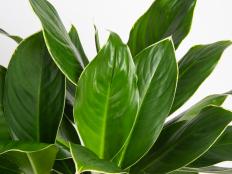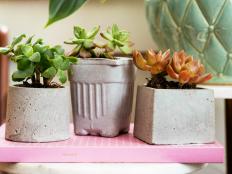Terra Cotta Uses
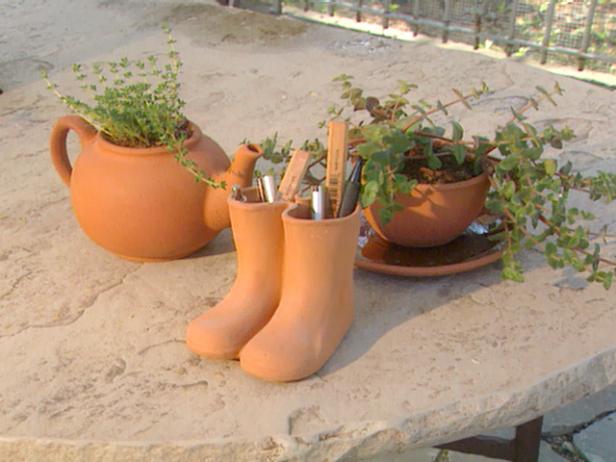
All gardeners are familiar with terra cotta, a popular material used in traditional garden pots and other containers. Terra cotta is actually fired clay that in Italian means "cooked earth."
You've probably seen the many standard and decorative pots available in terra cotta, as well as strawberry jars, urns and amphorae. But did you realize how many other items for the garden are also made of this material?
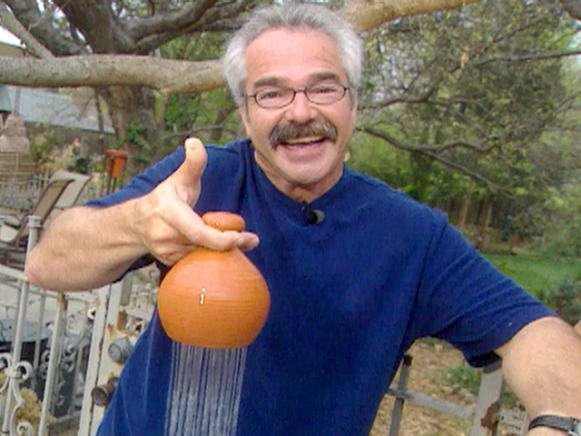
The thumb waterer dates back to around 450 B.C. To use it, just immerse it in water and wait for it to fill up. Then place your thumb over the hole in the top to create an air lock, which keeps the water in the container. When you're ready to water, release your thumb to produce a gentle shower. It's great for watering tender seedlings, suggests Paul.
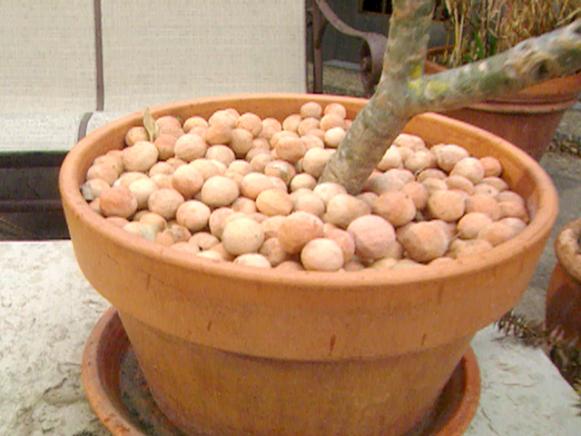
Terra cotta clay balls are available with seeds and without. To plant the wildflower seeds, simply place the balls on the ground about a foot apart in an area that gets full sun and water them regularly. The clay will slowly dissolve, the seeds will sprout, and you've got wildflowers. Seedless clay balls are perfect for dressing up pots and great for plants that love the heat.

This container holds water for wildlife. Just turn it on its side and fill it up with water. Place it upright on a level surface outside and watch the critters come. As birds, rabbits, squirrels and other animals drink, the basin at the base automatically fills up with more water. It keeps small animals from falling into swimming pools and other deep water sources.

If you're not tempted by terra cotta pots because they leave stains behind on paved and wooden surfaces a perfect solution may be pot feet. Pot feet elevate your pots off the patio or other surfaces and keep the surface stain free. And they come in different designs and sizes to accommodate the weight of different sized pots.

Down under pots are an Australian invention that lets the plant grow up and over the pot, creating a unique look. Just place a plant in the bottom of the pot, flip the pot over and hang it upside down.
Although it is both beautiful and functional, terra cotta is a fairly fragile material, and pots in particular need to be cared for properly if you want them to last.
Here are some tips:
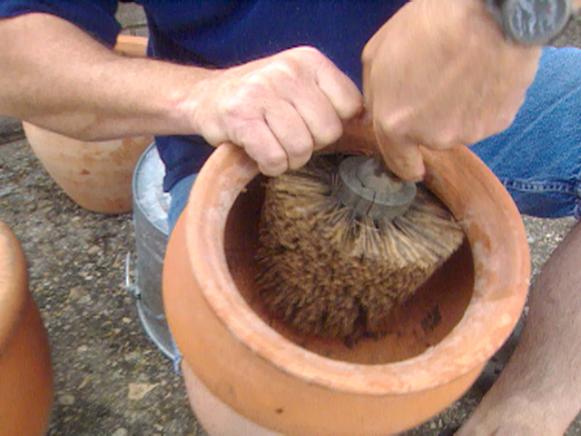
- In the winter, store your pots empty and, if they remain outside, upside down so water can't collect in them and freeze, which will cause them to crack.
- If your pots accumulate fertilizer salts on them, brush them with a little moistened baking soda and rinse them clean.
- Clean the inside of your pots with a stiff brush before replanting. You can find brushes made specifically for this purpose at many garden centers. And if last year's plants suffered from diseases of any kind, clean your pots with a solution of 9 parts water to 1 part bleach to destroy any unwanted pathogens.






